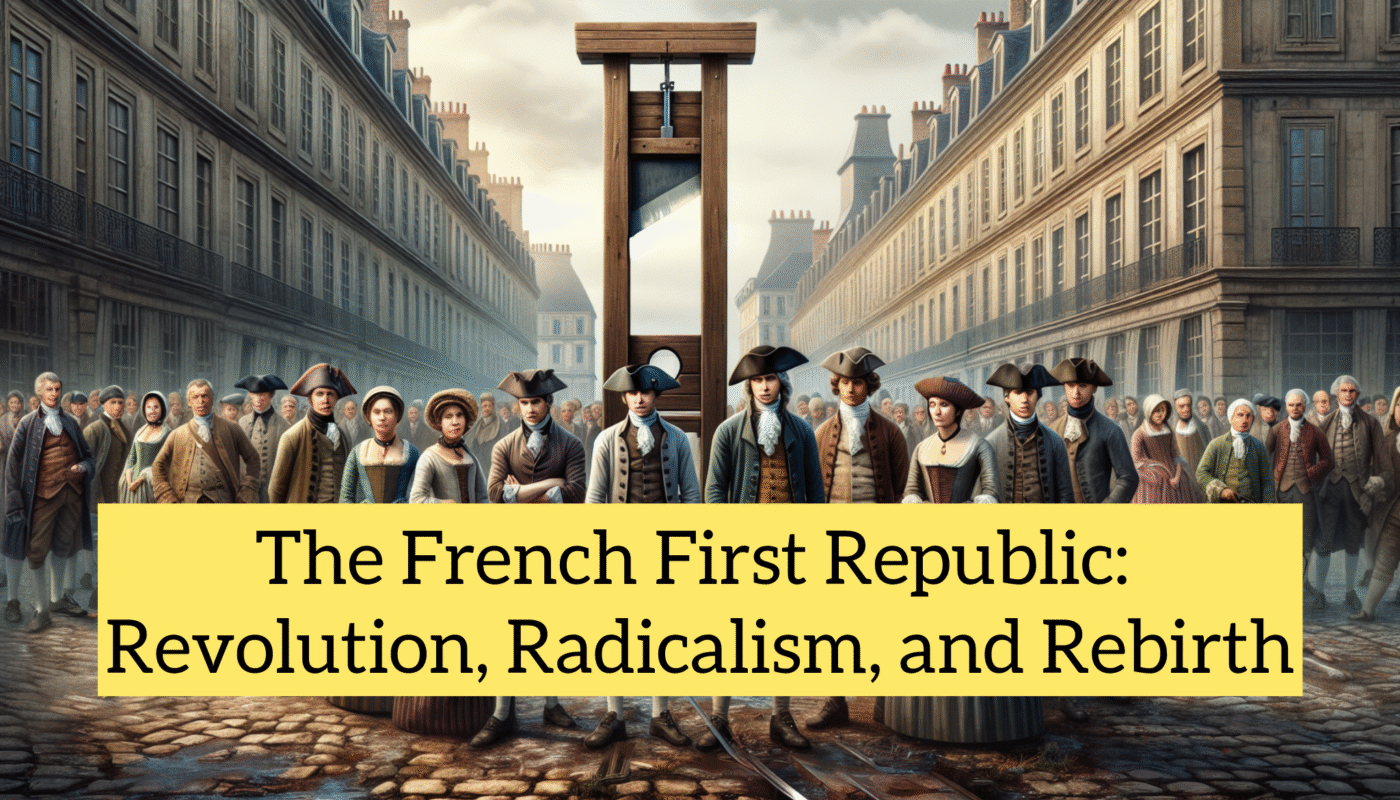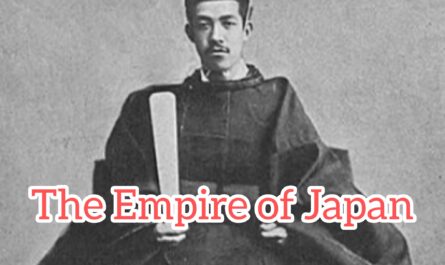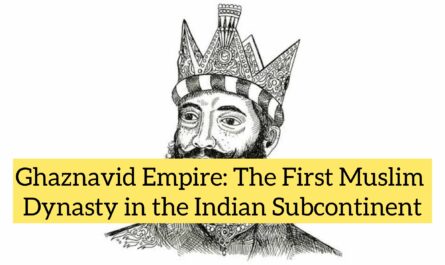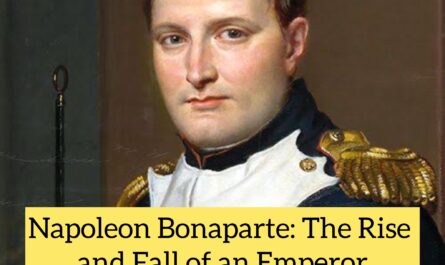Introduction
The French First Republic (1792–1804) was a pivotal period in French and world history. Born out of the French Revolution, it replaced the monarchy with a republican government based on ideals of liberty, equality, and fraternity. Despite noble goals, the Republic was marked by radical change, political violence, war, and eventual transformation into the Napoleonic Empire. It was the first time France experimented with democracy and secular governance, setting a precedent for future republicanism.
Historical Background
Fall of the Monarchy
The French Revolution began in 1789 as a response to widespread discontent with the absolute monarchy, economic inequality, and Enlightenment-inspired calls for reform. Initial efforts at constitutional monarchy failed due to King Louis XVI’s resistance and a growing radical movement.
On August 10, 1792, revolutionaries stormed the Tuileries Palace, leading to the suspension and later abolition of the monarchy. On September 21, 1792, the National Convention officially declared France a republic, ending more than a thousand years of monarchical rule.
Phases of the French First Republic
1. National Convention (1792–1795)
Major Events:
-
Execution of Louis XVI (January 21, 1793)
-
Reign of Terror (1793–1794)
-
War of the First Coalition (against monarchies of Europe)
The National Convention was the first republican assembly and was dominated by Jacobins and Girondins—two revolutionary political factions. In 1793, the Jacobins, led by Maximilien Robespierre, took control and initiated the Reign of Terror.
The Reign of Terror:
-
Tens of thousands were arrested and thousands executed, including Queen Marie Antoinette.
-
The Committee of Public Safety, led by Robespierre, became a de facto government.
-
Aimed at purging enemies of the revolution and enforcing revolutionary ideals.
The Reign ended with Robespierre’s arrest and execution in July 1794 (Thermidorian Reaction), paving the way for a more moderate government.
2. The Directory (1795–1799)
Structure:
-
A bicameral legislature (Council of Five Hundred and Council of Ancients)
-
A five-member Directory as the executive branch
The Directory represented a shift toward moderation after the radicalism of the Terror. It struggled with:
-
Political instability
-
Economic problems (inflation, famine)
-
Ongoing wars in Europe
The Republic’s military successes, notably under General Napoleon Bonaparte, helped it survive. However, the Directory became increasingly unpopular due to corruption and inefficiency.
3. The Consulate (1799–1804)
In November 1799, Napoleon Bonaparte staged a coup d’état (the 18 Brumaire), overthrowing the Directory and establishing the Consulate, with himself as First Consul.
Although still called a republic, real power now lay in Napoleon’s hands. In 1802, he became Consul for Life, and in 1804, he declared himself Emperor, formally ending the First Republic and beginning the First French Empire.
Key Features and Reforms of the First Republic
Political Ideals
-
Abolition of monarchy and nobility
-
Secularization of state (Confiscation of Church property, Dechristianization)
-
Emphasis on universal male suffrage (though not consistently enforced)
Legal and Social Reforms
-
Introduction of revolutionary calendar (1793–1805)
-
Metric system established
-
Attempts to improve education and redistribute land
Military Expansion
-
The Republic fought against a coalition of European monarchies (Austria, Britain, Prussia, etc.).
-
France expanded its influence through military victories and creation of sister republics in Europe (e.g., Batavian Republic in the Netherlands, Cisalpine Republic in Italy).
Challenges and Crises
-
Internal Revolts: Royalist uprisings (e.g., Vendée Rebellion)
-
Economic Turmoil: Food shortages, rampant inflation
-
Terror and Oppression: Political purges, censorship, and mass executions
-
Power Struggles: Constant political instability with shifting coalitions
Legacy
The First French Republic left a deep mark on France and global politics:
Lasting Impacts:
-
End of Absolute Monarchy: Demonstrated the viability—and volatility—of republicanism
-
Rise of Modern Nationalism: The Republic mobilized mass citizen armies in defense of the nation
-
Secular Governance: Separated church and state more radically than ever before in Europe
-
Political Precedent: Laid the ideological groundwork for later French republics (Second, Third, and beyond)
Despite its instability and violence, the Republic also nurtured ideas of democracy, legal equality, and national identity.
Conclusion
The French First Republic was a bold and turbulent experiment in self-governance that arose from the ashes of monarchy and ended with the rise of a new empire. It was a time of radical ideals and radical actions, where France redefined itself and reshaped Europe. Though marred by bloodshed and chaos, it also introduced principles of citizenship, secularism, and civil rights that resonate in democratic societies today.



